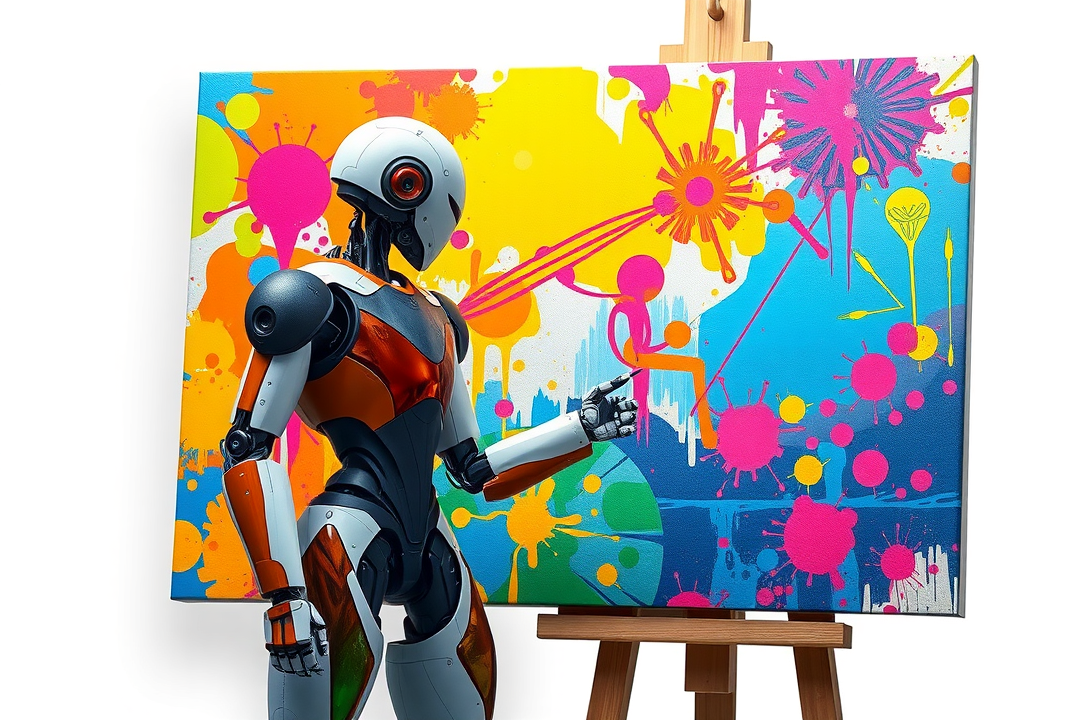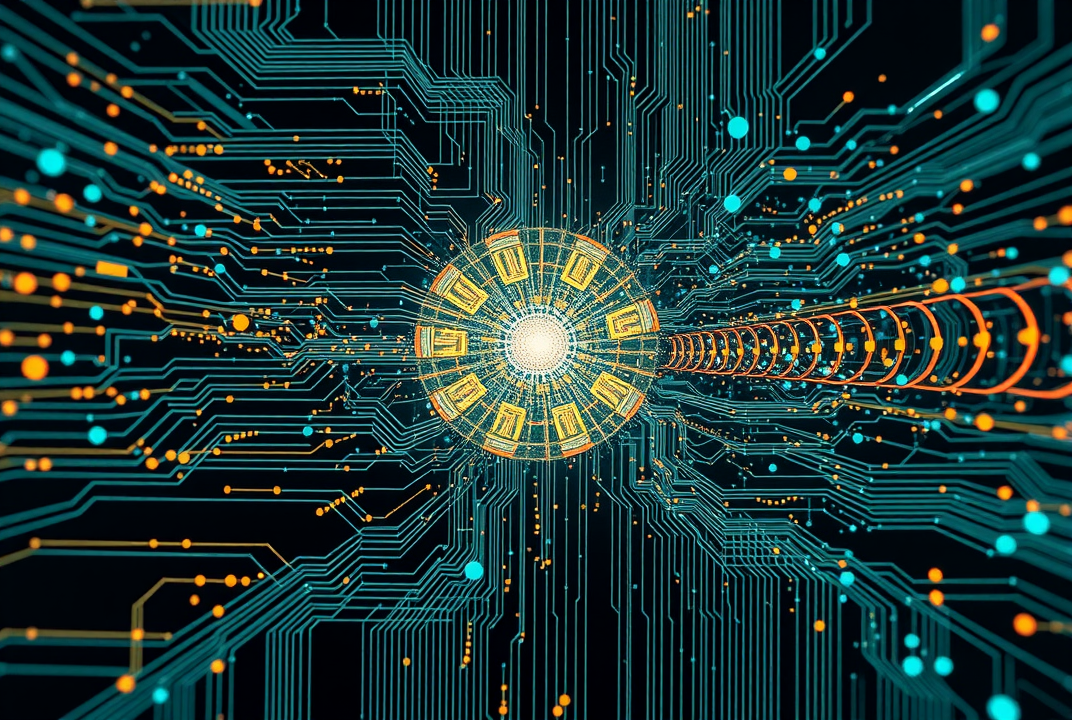AI and Creativity: Exploring the Artistic Potential of Machines

Introduction
Can machines create art, or are they merely mimicking human creativity? This question is at the heart of the debate surrounding AI and its role in creative fields. As artificial intelligence (AI) technologies continue to evolve, their capabilities stretch beyond automation into areas traditionally seen as uniquely human, such as artistry. This article explores the intersection of AI and creativity, addressing whether machines can indeed be artists.
In this article, we will cover:
-
The definition and scope of creativity in the context of AI
-
Examples of AI-generated art
-
The role of algorithms in creative processes
-
Ethical considerations and potential impacts on human artists
-
Future directions for AI in the art world
Understanding AI and Creativity
What is Creativity?
Creativity involves producing original ideas, imagination, and innovation. It is a process characterized by intellectual originality, novelty, and problem-solving. For a long time, creativity was seen as an exclusively human trait. But with machines now capable of generating art, writing poetry, and composing music, our understanding is evolving.
AI's Creative Process
AI's approach to creativity is distinct from human creativity. Machine learning algorithms analyze vast datasets, identifying patterns and generating content based on these patterns. Unlike humans, AI lacks consciousness and intent. Its outputs are derived from programmed instructions and learned data relationships, raising questions about what constitutes true creativity.

AI-Generated Art: Examples and Impacts
Notable AI Artworks
AI has produced various artworks, some of which have gained significant recognition. For example, the AI-created portrait titled "Edmond de Belamy" was auctioned at Christie's for an astounding $432,500. This painting, generated by a generative adversarial network (GAN), challenges perceptions of artistry and value in the art market.
Another example is AI-created music. Systems like OpenAI's MuseNet can compose complex pieces in the style of famous composers, demonstrating AI's potential to create musical compositions that evoke emotion.
Impact on the Art Community
AI art sparks diverse reactions in the art community. Some view it as a novel tool for artists, enabling new forms of expression and collaboration. Others see it as a threat to traditional artistry, fearing the loss of human touch. These debates reflect broader considerations about AI's role in society and culture.
The Role of Algorithms in Creative Processes
How Algorithms Work
At the heart of AI creativity are algorithms. These algorithms learn from and analyze data to generate new content. Two key types are neural networks and generative algorithms.
Neural networks emulate aspects of human brain functionality, enabling AI systems to learn from experience. Generative algorithms, like adversarial networks, consist of two parts: one generates content while the other evaluates it, refining output quality.
Algorithm Limitations
Despite advancements, AI-driven creativity has limitations. Machines lack intuition and emotional understanding, often generating content without context. Additionally, reliance on existing datasets means AI may perpetuate biases present in the data.
Ethical Considerations and Impact on Human Artists
Ethical Questions
AI-generated art raises critical ethical questions. Who owns the rights to AI-created works? How should AI be credited in collaborative projects? These questions challenge existing frameworks regarding intellectual property and authorship.
Additionally, the democratization of art creation through AI may affect artists' livelihoods. If machines can create art efficiently, what becomes of human artistry?
Future Directions for AI and Art
Collaborative Art
An exciting direction is the potential for AI to collaborate with artists, merging human creativity with computational precision. This fusion could inspire innovative works that push artistic boundaries.
Technological Advancements
As AI research progresses, its creative capabilities may expand. Enhanced understanding of human emotions and complex problem-solving could lead to more sophisticated art forms.
Conclusion
AI's entry into the art world prompts a reevaluation of what creativity means. While machines can generate remarkable works, the essence of art lies not just in creation but in the experiences and intentions behind the process. As AI continues to evolve, artists and technologists should collaborate, forging a path that enriches creativity without diminishing the human spirit.
In future engagements with AI, embracing ethical, collaborative, and innovative practices will ensure that the creative community benefits from these technological advances.